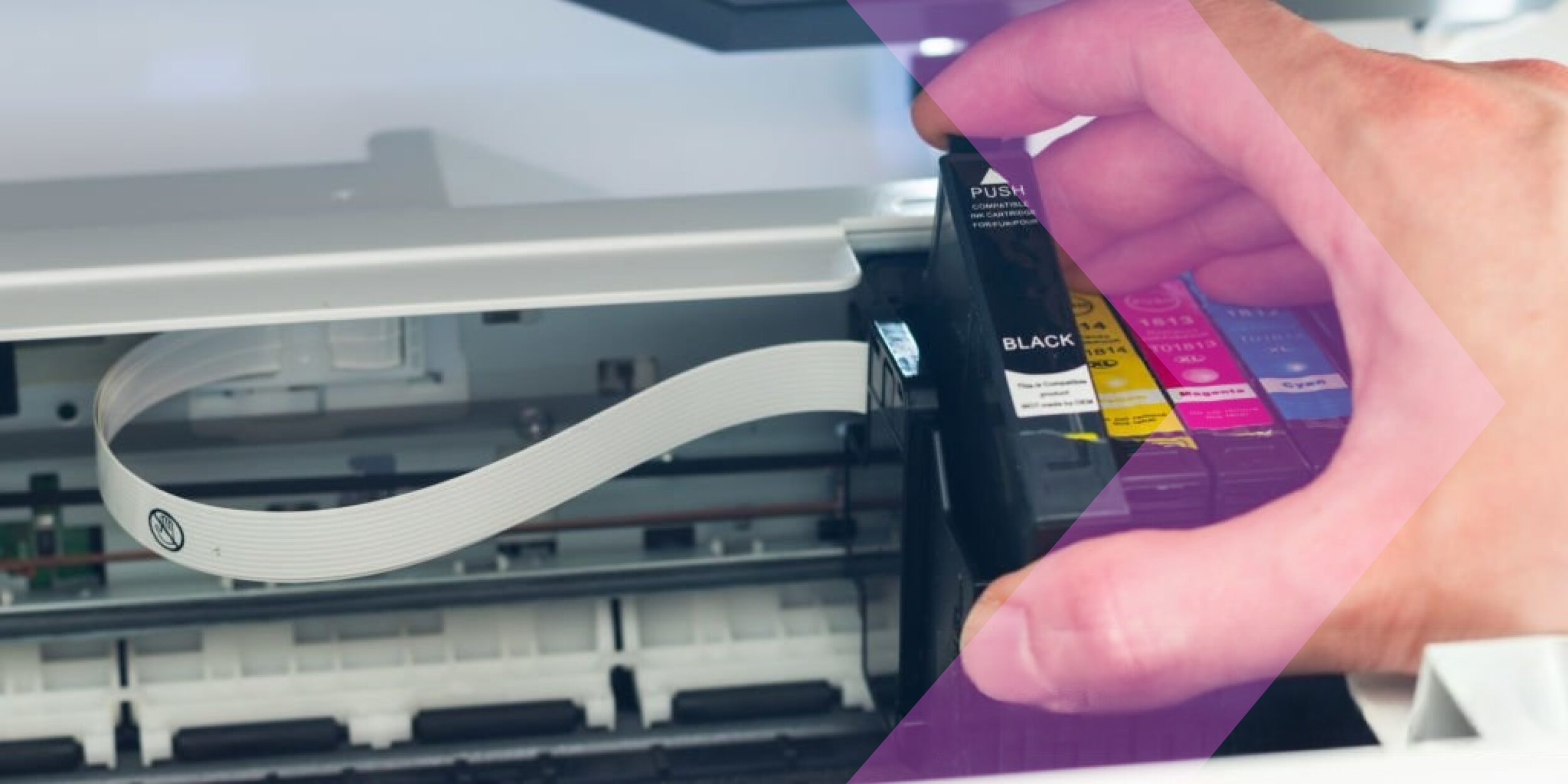Does Toner Really Go Bad? Yes — Here’s What You Need to Know (and Plan For)

When it comes to print supplies, many organizations stock up on toner, assuming it lasts indefinitely. After all, unlike ink cartridges, toner is a dry powder—so how could it possibly expire?
But here’s the kicker: toner does go bad. And when it does, it can lead to degraded print quality, increased service calls, and wasted money. In this blog, we’ll break down the science behind this degradation, the signs your toner has gone bad, and—most importantly—how your business can proactively plan for it.
Who Should Care About Toner Lifespan?
- Office Managers tired of surprise print failures.
- Procurement Teams are managing large volumes of cartridge inventory.
- IT Administrators are responsible for device uptime and performance.
- Anyone on a Managed Print Services (MPS) contract who assumes supply quality is someone else’s problem.
If you’re in charge of your organization’s printing environment in any way, understanding toner shelf life is more than trivia—it’s operational intelligence.
What Is Toner, Really?
Toner is a fine, dry mixture of plastic particles, carbon, and coloring agents that’s fused to paper using heat during the printing process. Unlike liquid ink, toner is less prone to drying out in the traditional sense, but that doesn’t mean it’s immune to degradation.
Modern toner is engineered for precision. It’s developed to work with a specific printer’s fuser assembly, temperature controls, and electrostatic transfer mechanisms. If that toner’s chemical or physical structure changes over time, the whole print ecosystem can suffer.
Does Toner Expire? Technically… Yes.
Most OEM (Original Equipment Manufacturer) toner cartridges come with a recommended shelf life of 24 to 36 months from the date of manufacture. While some can last longer, this shelf life isn’t just about the powder inside—it’s about the entire cartridge unit:
- Seals and plastics can degrade over time.
- Humidity and temperature can cause clumping or caking.
- Electrostatic properties can diminish, impacting print transfer.
Even if the toner inside seems usable, the cartridge may no longer perform reliably after this period.
What Happens When Toner Goes Bad?
Let’s say you install a “shelf queen” toner cartridge that’s been sitting for years. Here’s what can happen:
1. Poor Print Quality
- Faded text
- Streaks or blotches
- Uneven print density (especially on high-coverage documents)
2. Increased Device Wear
Old toner can clog internal components like the developer, toner hopper, and drum unit, leading to performance issues and premature wear.
3. False Error Messages
Devices may misread toner levels or reject old cartridges entirely due to firmware checks or chip incompatibility, especially with smart MFPs.
4. Wasted Prints & Downtime
Imagine printing 100 pages of a client report—only to realize halfway through that every page is smeared or unreadable.
Is Toner Still Usable After Expiration?
Sometimes. If a cartridge has been stored correctly—sealed, in a cool, dry place, it might still perform reasonably well after its expiration date. But you’re taking a risk.
Here’s a simple test:
- Shake the cartridge gently to loosen clumped powder.
- Run a few test pages on non-critical documents.
- Check for print clarity and consistency.
If issues appear early, the cartridge is likely compromised.
Best Practices: How to Store Toner Properly
Toner is sensitive to heat, humidity, and light. To maximize longevity:
- Store in original packaging until use.
- Keep in a climate-controlled space (60–75°F and <50% humidity).
- Avoid stacking heavy items on top of boxes.
- Rotate stock using FIFO (first in, first out).
If you’re ordering toner in bulk, create a system for labeling and aging your inventory. Don’t just toss it into a supply closet and forget about it.
Common Misconceptions About Toner Longevity
| Myth | Reality |
|---|---|
| “Toner lasts forever.” | It can degrade after 2–3 years. |
| “Unopened, it is always safe.” | Exposure to poor conditions shortens lifespan, even when unopened. |
| “You can tell it is bad just by looking at it.” | Not always. Performance issues may only show during printing. |
Planning Ahead: The Financial Risk of Expired Toner
A single bad toner cartridge might not seem like a big deal. But multiply that across:
- A 25-person office prints daily
- A school district managing 50+ devices
- A regional business with multiple locations
The costs of reprints, support calls, and downtime add up quickly. If just 5% of the stored toner goes bad, it could translate to thousands in avoidable costs annually, not including lost productivity.
A Hypothetical Example: What Poor Planning Can Cost You
Imagine a marketing firm stores dozens of cartridges for quarterly client mailings. One day, they load up the printers for a major campaign, only to realize half the cartridges are defective due to age and poor storage.
- The campaign is delayed.
- Emergency orders are placed at rush pricing.
- Reputation damage occurs when materials arrive late or with poor print quality.
All because no one tracked the toner age.
Doceo’s Recommendation: Stay Proactive with Print Supplies
If you’re on a Managed Print Services (MPS) contract with Doceo, this problem is already being addressed. Our team monitors supply usage, rotation, and replenishment schedules, ensuring that your print is always within shelf life and optimized for performance.
Not on MPS yet? We recommend:
- Audit your current print supply inventory.
- Identifying cartridges over 24 months old.
- Implementing a labeled rotation system.
- Speaking with a Doceo expert about your print environment’s risks.
Final Thoughts: Toner Is a Consumable, Not a Heirloom
If your business is running on aging cartridges, it’s time to rethink how you manage supplies.
Want to stop guessing about your toner and start planning with confidence?
Schedule a toner audit or learn more about Doceo’s Managed Print Services today.
👉 Visit mydoceo.com or call us at 888-757-6626.
Doceo — Proven Technology. Proven People.




